The Maneki-Neko, this cat with its paw raised which seems to wave with its hand, is a familiar figure in Japanese culture. This little ceramic or plastic feline is often seen in shops, restaurants, temples and homes, happily waving its paw to attract fortune and prosperity . But what are the meanings and beliefs surrounding this adorable Japanese lucky charm ? In this article, we will delve into the world of Maneki-Neko in order to understand everything about this unique cultural icon.
THE ORIGINS OF THE MANEKI-NEKO IN JAPAN
The Maneki-Neko, this iconic figure of Japan, has been a symbol of good fortune and prosperity for centuries. However, its origins date back to a time when the line between reality and legend was quite blurry. Although the exact story of its creation remains shrouded in mystery, Maneki-Neko is closely associated with captivating legends that have endured over time.
One of the most famous legends surrounding the origin of Maneki-Neko takes place at the Gotoku-ji temple in Tokyo. According to this story, a temple priest was very poor but shared his meager food with his beloved cat, one day while meditating under a tree he saw a samurai approaching the temple. The cat, grabbing its paw, seemed to greet the samurai and invite him in, just after the samurai accepted the invitation, a violent storm broke out, forcing the samurai to take shelter under the tree where the priest was standing. Suddenly, lightning struck the exact spot where the samurai had been standing a moment earlier, the latter, grateful to the cat for having saved him, decided to become the benefactor of the temple. The priest and his cat never again experienced poverty, and the temple prospered. In recognition of this incredible encounter, the Maneki-Neko was created in honor of this savior cat.
Another, older legend says that Maneki-Neko was originally a stray cat who lived in a ruined temple. Despite its own distress, the cat one day made a gesture of gratitude towards a samurai who had offered it food, in response to this generosity, the cat waved its paw and beckoned the samurai to approach just before a lightning strikes the place where he previously stood. Impressed by this miracle, the samurai became the temple's benefactor and catapulted it to prosperity. The two stories are quite similar although there are still a few differences.
These spellbinding legends, although varying slightly depending on the version, all testify to the symbolic power of the Maneki-Neko as a bringer of luck and prosperity. Rooted in Japanese history and steeped in mystery, this little cat raising its paw has become an inseparable cultural emblem of Japan, arousing admiration and fascination across generations.

THE DIFFERENT MEANINGS OF MANEKI-NEKO
The Maneki-Neko, with its raised paw and mischievous smile, is much more than just a decorative figure. Each of its attributes and details has a particular meaning, making it an object loaded with symbolism and deep beliefs.
PAW RAISED TO THE RIGHT AND TO THE LEFT
The position of the Maneki-Neko's raised paw is of great importance. When the Maneki-Neko raises its right paw, it is believed to attract fortune and prosperity, this is the most common and sought-after model. However, if the Maneki-Neko raises its left paw, it is believed to attract customers and visitors. You will often find both variations in stores and restaurants, each offering a different blessing depending on the needs of the owner.
COLOR OF THE FUR
The Maneki-Neko's coat color also has distinct meanings. White symbolizes purity and positivity, evoking pure luck. Black, on the other hand, is often associated with protection against evil spirits and negativity. Gold represents wealth and prosperity, while red is used to ward off disease and bring health. Finally, green, less common, is linked to family, security and growth.
ACCESSORIES: RED COLLAR, BELL AND COIN IN THE PAW
Maneki-Neko accessories also have special meaning. The red necklace is believed to protect against malicious spirits and negative influences. The bell, often attached to the necklace, brings luck and wards off negative energies. Some Maneki-Neko also hold a coin (a gold koban) in their paw, symbolizing wealth and financial prosperity.
PAW GESTURES
The angle and height of the Maneki-Neko's raised paw also has significance, as a high raised paw is believed to attract wealth and fortune, while a low raised paw is believed to attract visitors or customers.
POPULAR BELIEFS AND USES OF MANEKI-NEKO
The Maneki-Neko is much more than just a decorative figurine, it is imbued with deeply rooted beliefs in Japanese culture and is used in a variety of contexts, from businesses and homes to temples and shrines. Here is an overview of popular beliefs and common uses of Maneki-Neko in Japan.
ATTRACT PROSPERITY IN BUSINESS
One of the most widespread uses of Maneki-Neko is to install it in businesses to attract prosperity and customers. Placed at the entrance to a store, restaurant or office, the Maneki-Neko happily waves its paw to invite customers to enter, the owners hoping to see their business prosper and experience financial success. Some Maneki-Neko even hold a coin in their paw to reinforce the notion of wealth.
PROTECTION AND LUCK AT HOME
In many Japanese homes, you will find a Maneki-Neko placed near the entrance or in the living room, its role is to bring luck, protection and prosperity to the home. Believers believe that the Maneki-Neko wards off evil spirits and attracts positive energies, it is often chosen based on the color of its coat and the position of its paw to meet the specific needs of family.
OFFERINGS IN TEMPLES AND SANCTUARIES
Many temples and shrines in Japan have their own Maneki-Neko, which visitors can observe and honor. Worshipers sometimes leave monetary offerings in front of the temple's Maneki-Neko to express gratitude for a favor received or to request a future favor. These offerings are often placed in a box provided for this purpose near the Maneki-Neko.
GOOD LUCK CHARM
For those who travel or seek personal protection, there are Maneki-Neko amulets that can be worn as good luck charms. These amulets are usually made of paper or cloth and are decorated with an image of Maneki-Neko. People wear them in the hope of warding off accidents and misfortunes while attracting good luck and prosperity.

We are coming to the end of this ultimate guide to everything you need to know about Maneki-Neko, so you now know that this famous lucky cat is a versatile symbol that finds its place in many aspects of daily life in Japan. Whether to attract business success, protect the home, honor religious traditions or simply bring a touch of happiness, the Maneki-Neko continues to hold a special place in Japanese culture and to captivate the imagination of those who encounter it.












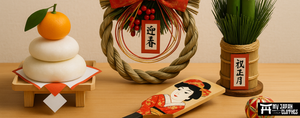
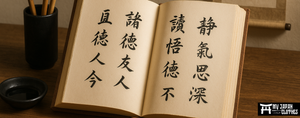


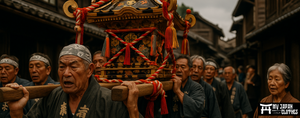
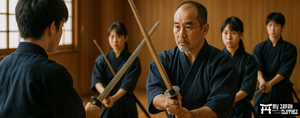


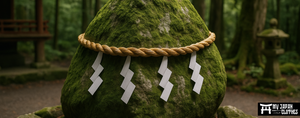
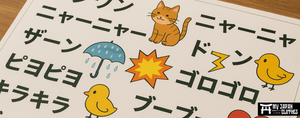
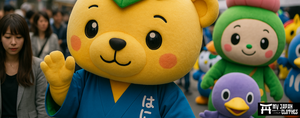

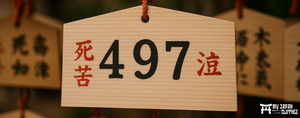
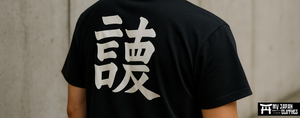
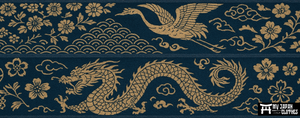
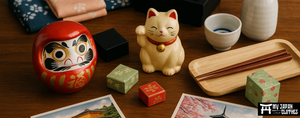
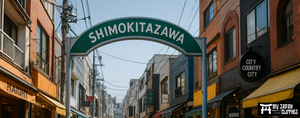



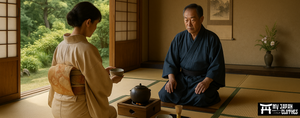
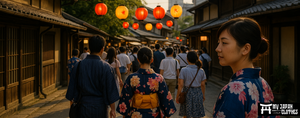
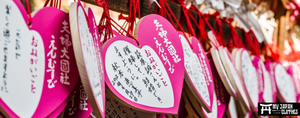
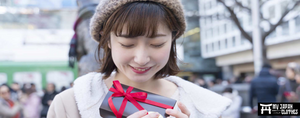
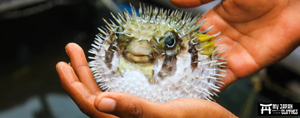

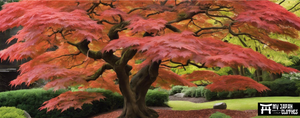
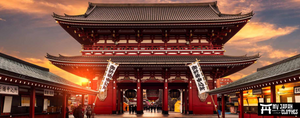
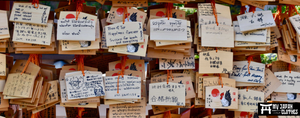

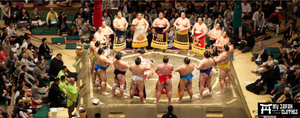









Leave a comment